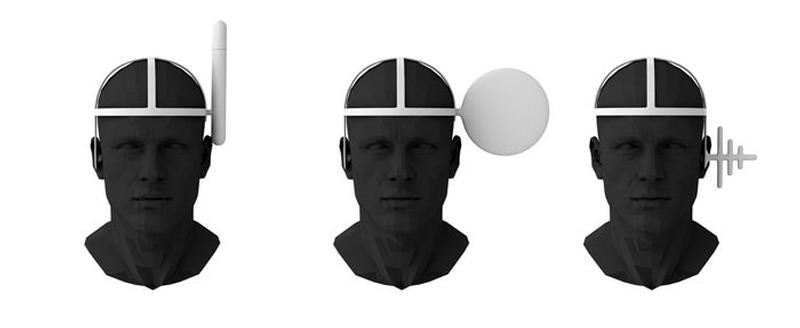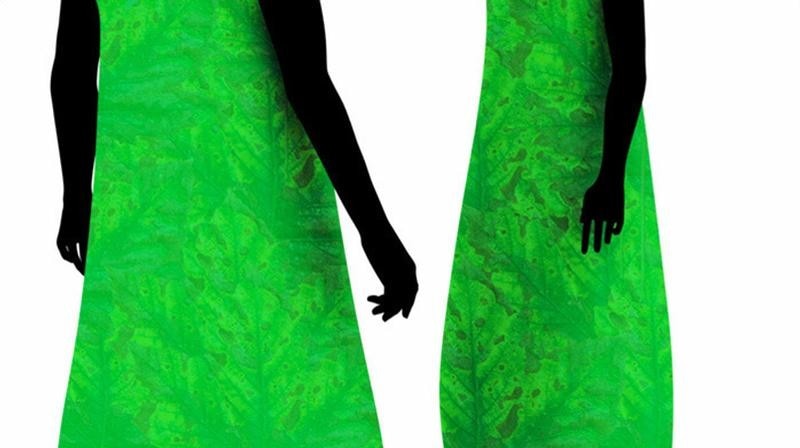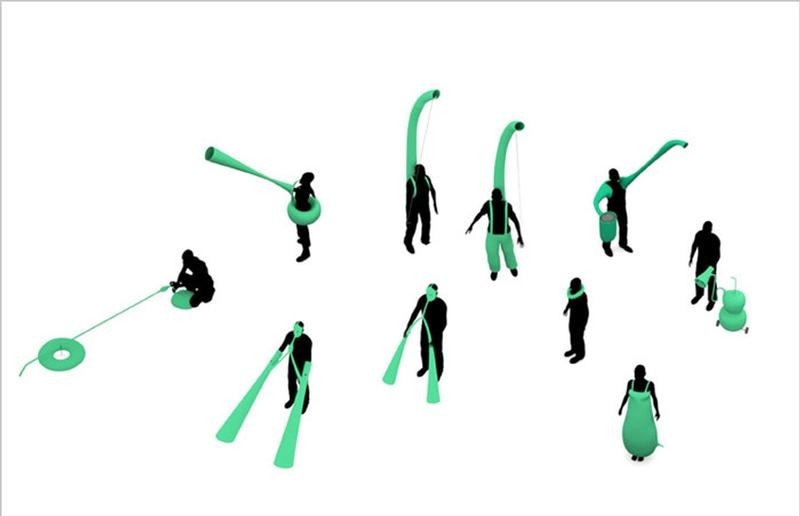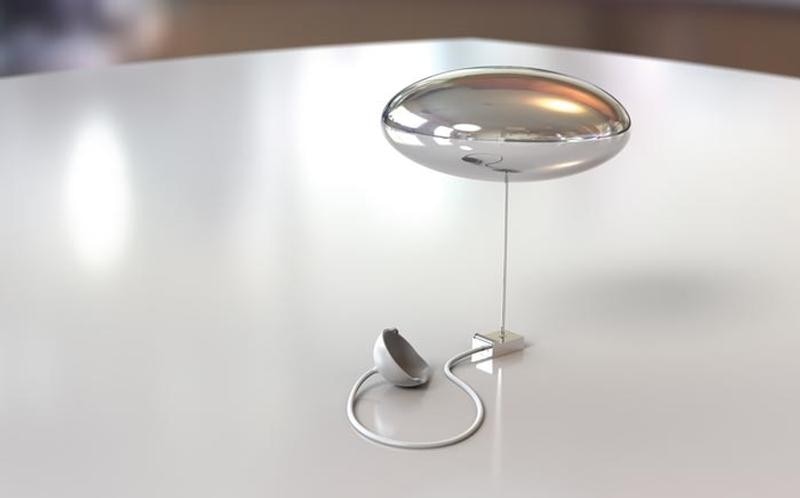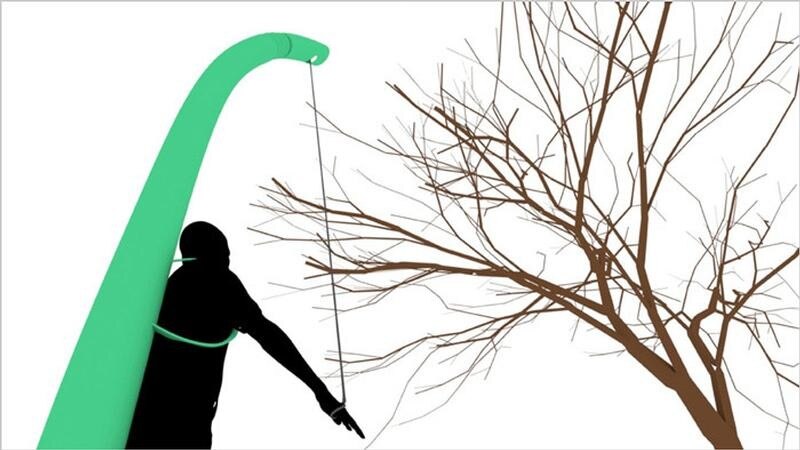What happens when you decouple design from the marketplace, when rather than making technology sexy, easy to use and more consumable, designers use the language of design to pose questions, entertain and provoke – and transport our imaginations into parallel but possible worlds? It is our probable, preferable, plausible and possible future – the gap between reality and the impossible, which makes it possible for designers to question the orthodoxy of design as well as of the prevailing views in technology, so that new perspectives may emerge. Our aim certainly isn’t one of prediction, but of wondering what would happen if..., speculating, imagining, and even dreaming, and then feeding the debate about the world and the technological environment we would wish to live in.
In order to do so, we must push the boundaries of our modern way of thinking and start taking a glimpse at how things could be, start imagining alternative possibilities and other ways of being so as to make those new values and priorities become real. This is a task that designers cannot tackle on their own. The exhibited projects are greatly improved by an exchange of ideas with people from
Fiona Raby studied architecture at the Royal College of Art London and Anthony Dunne industrial design. These London designers are using design as a media for discussion and debate amongst designers, industrials and the public around social, cultural and ethical implications posed by emerging technologies. Their projects have been exhibited and published internationally and are part of the permanent collection of many museums including the MOMA in New York, the Victoria Albert Museum in London and the FRAC centre in Orléans. They exhibited at the Science Museum of London and at the Centre Georges Pompidou in Paris. Dunne & Raby have notably worked with major companies: Sony, National Panasonic, France Telecom. They have published two books: Black Design (Princeton Architectural Press) and Hertzian Tales (The MIT Press).
Photos: Designs for an overpopulated planet: Foragers, 2009
